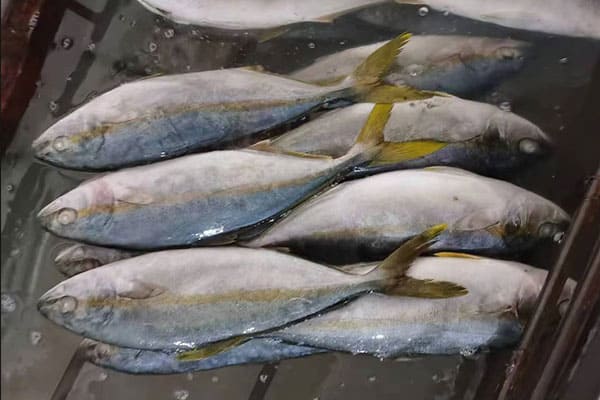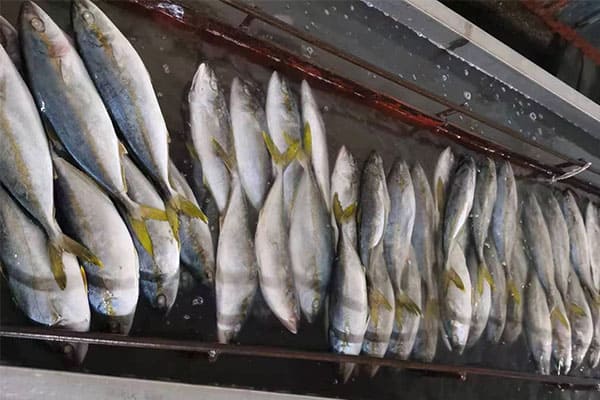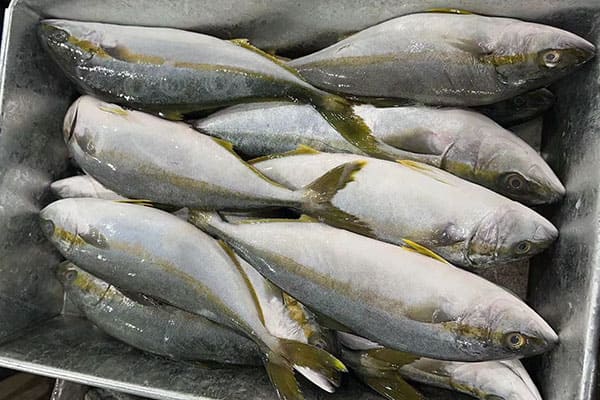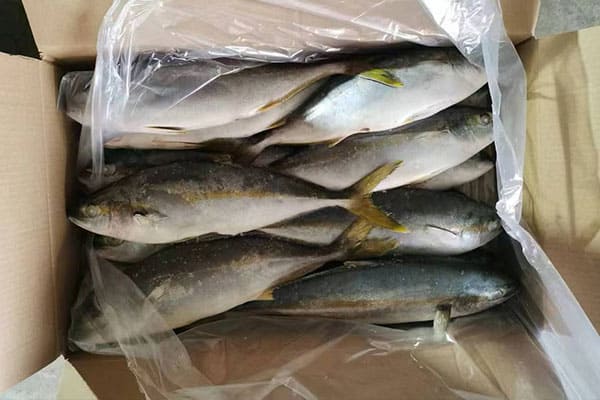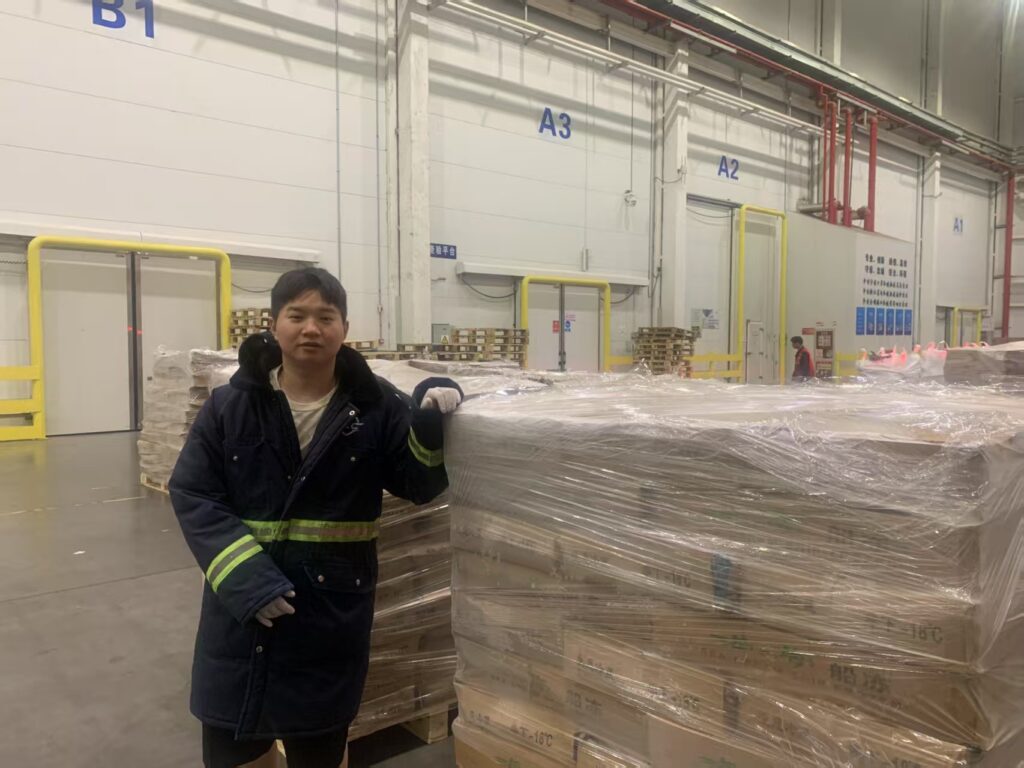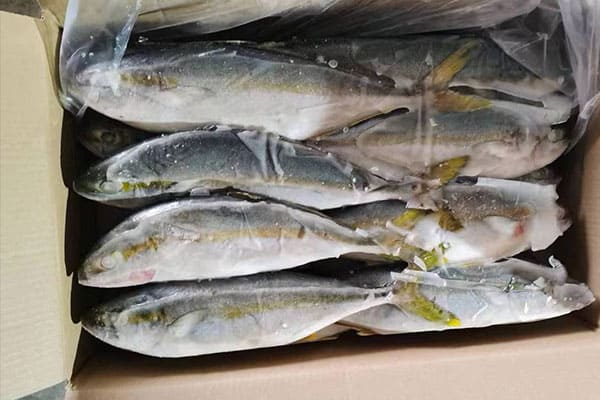
Yellowtail can grow much more than many people expect. I remember the first time I saw a fully mature one; I nearly dropped my fishing rod in surprise. They’re quick growers, too.
Yellowtail, also known as Seriola quinqueradiata, can reach 3 to 5 feet long and weigh over 80 pounds in the wild. Their growth depends on environment, diet, and whether they’re raised in aquaculture or roam free in the open ocean. Understanding these conditions can help you predict how large these stunning fish can become.
Let’s dive into the details of yellowtail growth.
Why Do Yellowtail Grow So Large?
When you see a massive yellowtail, it’s easy to wonder what fuels their size.
Yellowtail grow quickly due to their active lifestyle, high-protein diet, and favorable conditions in warm, nutrient-rich waters. They feed on small fish and squid, packing on weight and length faster than many other marine species. This is why, in the correct settings, they can reach impressive proportions that fascinate both anglers and fish suppliers.
Dive deeper below to discover how yellowtail’s natural appetite and environment produce substantial growth.
How Does Environment Affect Yellowtail Size?
A fish’s environment sets the stage for how big it can get.
Yellowtail flourish in warm, temperate waters with strong currents, allowing them to find plentiful prey and maintain a brisk metabolism. This combination of ample food and consistent oxygen levels encourages faster growth. If you’ve ever fished in these conditions, you’ve likely seen the results: lean, muscular yellowtail that impress in both size and taste.
Dive deeper below to explore how differences in habitat—like coastal vs. offshore—can influence their ultimate size.
How Does Diet Influence Their Growth Rate?
Yellowtail owe much of their size to their diets.
Because they’re opportunistic predators, yellowtail feed on smaller fish, crustaceans, and cephalopods, all providing the protein and fats needed for rapid growth. In aquaculture settings, a well-balanced feed mimics this natural diet, allowing them to grow as significa in controlled environments as they would in the wild.
You can dive deeper below to see how adjusting feed quality can speed up or slow down yellowtail growth, a key point for any fish farmer or commercial wholesaler.
Do Farmed and Wild Yellowtail Reach Similar Sizes?
You might be curious whether farmed yellowtail can rival wild specimens.
Farmed yellowtail, raised in pens or sea cages, often reach substantial sizes similar to their wild counterparts, provided they get quality feed and ample space. Innovations in aquaculture help maintain consistent growth rates, ensuring that suppliers and wholesalers receive fish large enough to satisfy market demands—whether you’re selling them fresh or frozen.
I'd like you to dive deeper below to understand how the farming process impacts fish size and quality, especially for businesses aiming to meet diverse customer needs.
Dive Deeper: Conditions That Influence Yellowtail Growth
Small changes can make a big difference when it comes to yellowtail size. Let’s explore key factors:
Water Temperature
- Optimal Range: Typically 20–25°C (68–77°F)
- Effect: Higher temperatures boost metabolism, causing faster growth. If the water temperature dips below 15°C, yellowtail may slow their feeding and growth rate.
Space and Stocking Density
- In Sea Cages: Overcrowding can curb growth, as fish compete for resources.
- In the Wild: Ample swimming space allows them to develop lean muscle and reach impressive lengths.
Diet Quality
- Varied Protein Sources: Feeds that mimic wild diets (fish meal, squid meal) help achieve wild-like sizes.
- Feed Frequency: More frequent feeding can promote steady growth, but overfeeding leads to waste and poor water quality.
Genetics and Breeding
- Selective Breeding: Some hatcheries focus on robust strains that grow quickly.
- Wild Genes: Wild-caught broodstock can introduce desirable traits like disease resistance and improved size potential.
Here’s a quick look at how these factors link together:
| Factor | Impact on Growth | Tip for Optimization |
|---|---|---|
| Water Temperature | Boosts or slows metabolism | Maintain 20–25°C in sea cages |
| Stocking Density | Affects space and feeding | Avoid overcrowding, ensure room |
| Diet Quality | Fuels growth effectively | Provide high-protein, varied feed |
| Genetics | Determines max potential | Use selective breeding programs |
These elements combine to shape how big yellowtail can get, whether roaming free in the ocean or swimming in carefully managed sea pens. For a company like yanghuafishery, balancing these conditions is crucial to producing large, healthy fish that appeal to wholesalers and importers like Doucoure—especially when aiming to supply stable quality in large volumes.
Conclusion
Yellowtail can grow surprisingly large, often reaching 3 to 5 feet, depending on diet, environment, and genetics. Whether wild-caught or farmed, this popular fish needs warm waters, quality feed, and enough space to thrive. At Yanghuafishery, we consider all these factors, ensuring you get the best possible fish for your business or dinner table.

